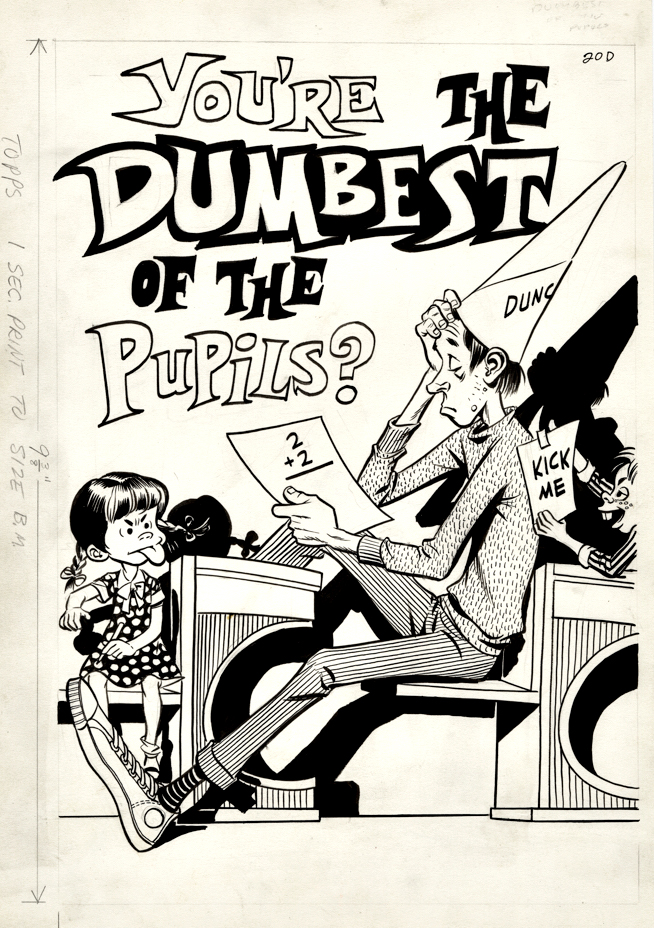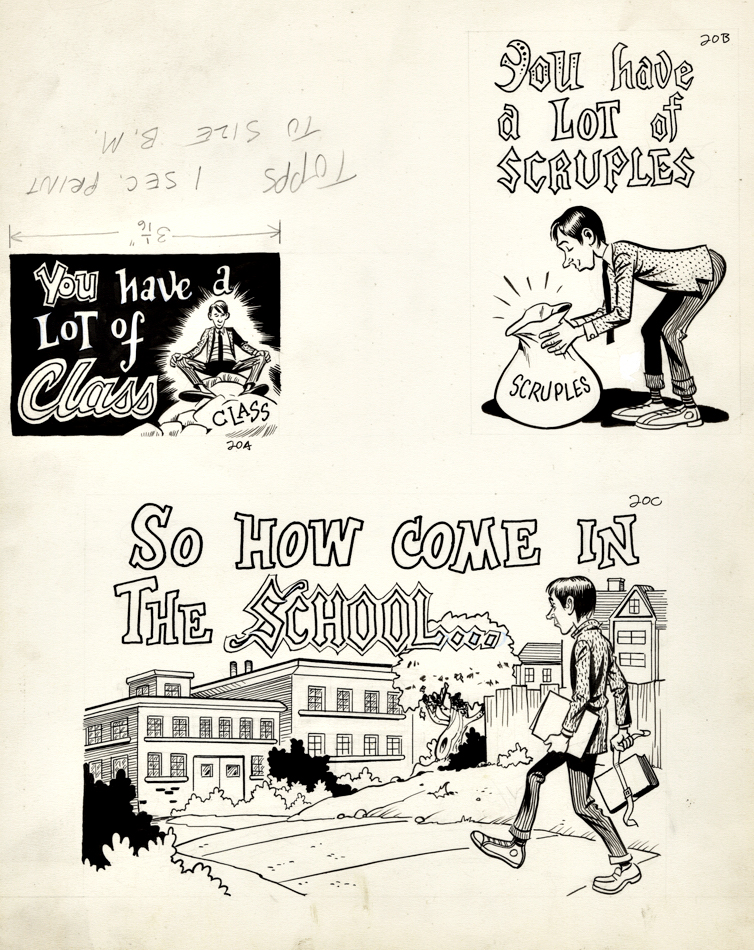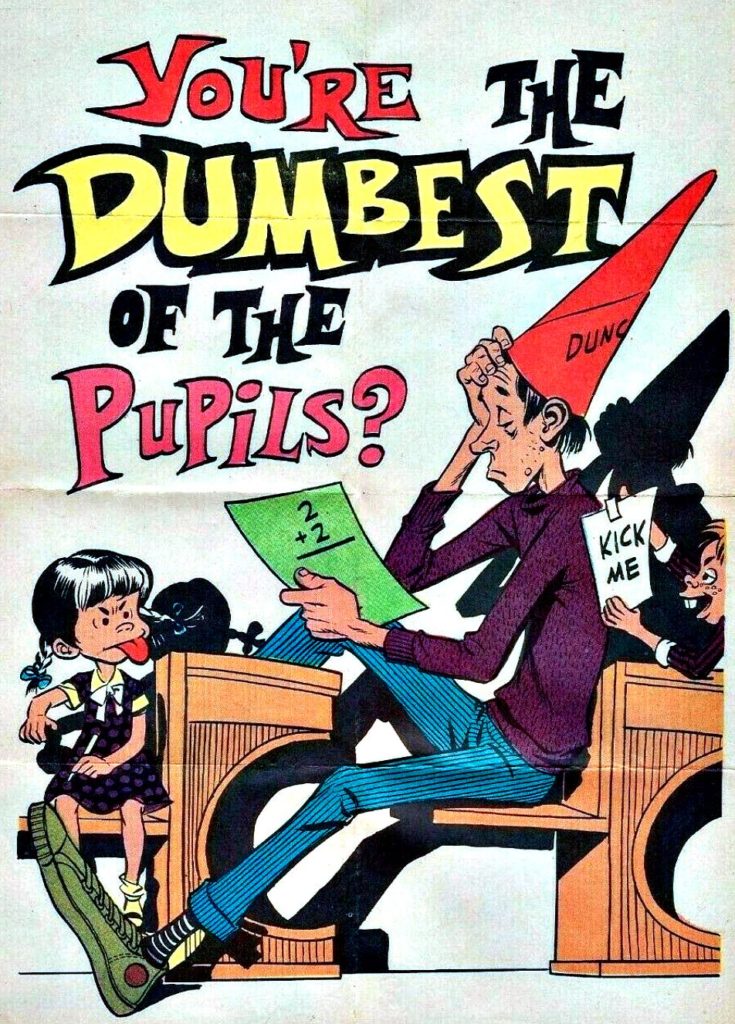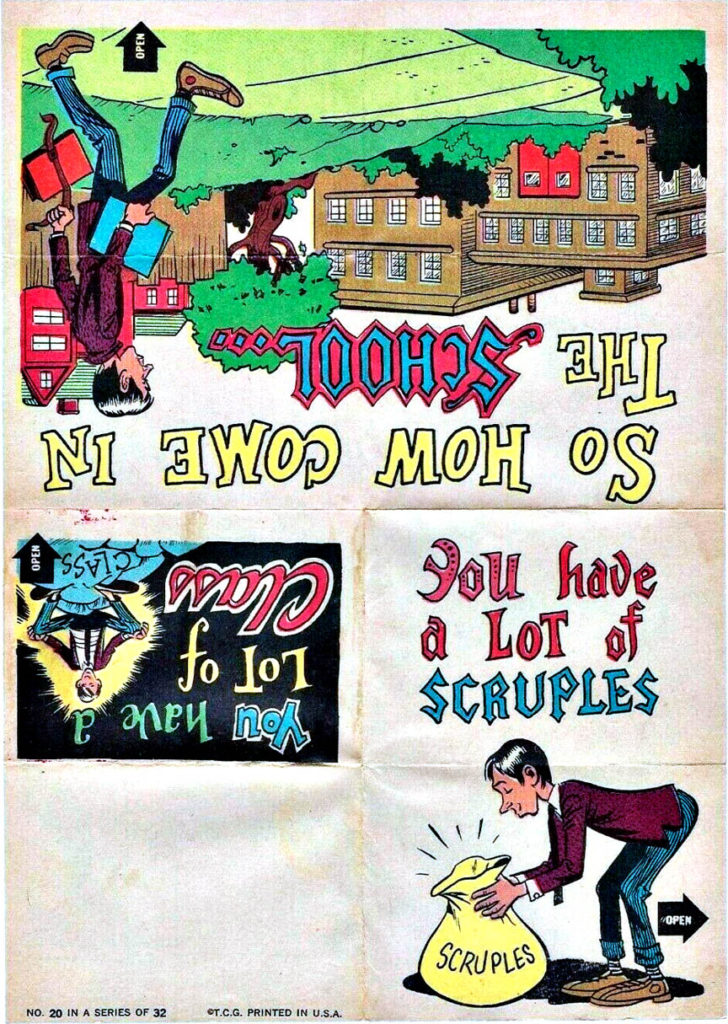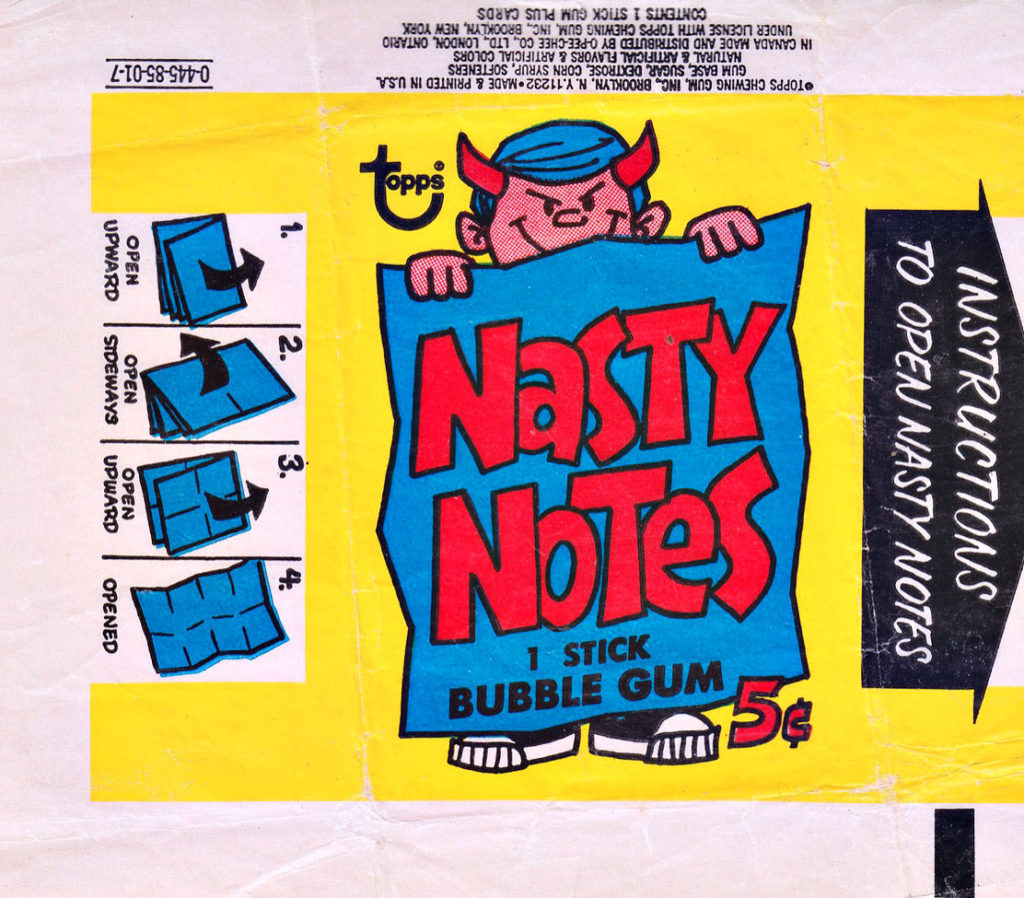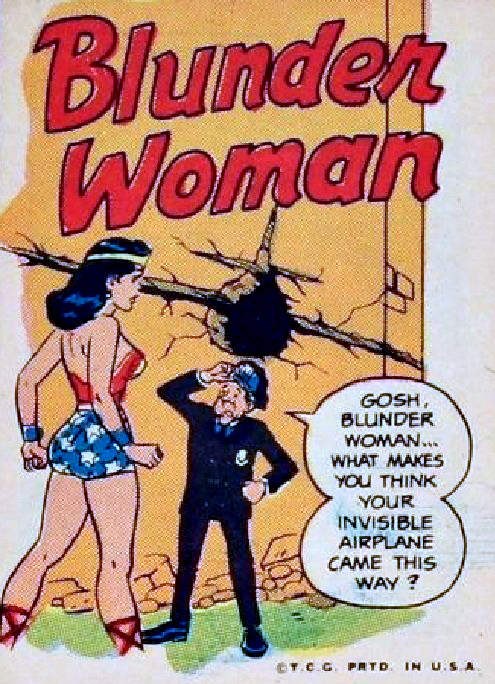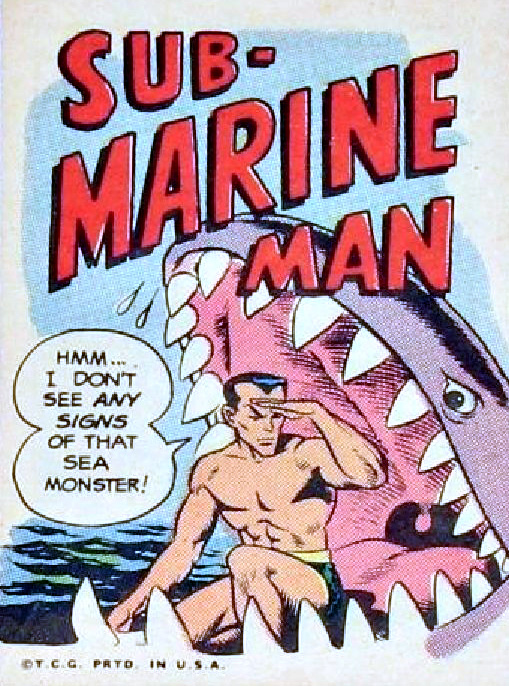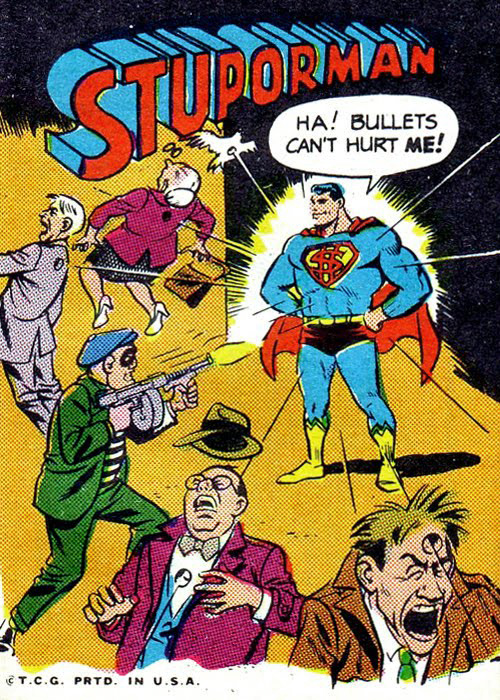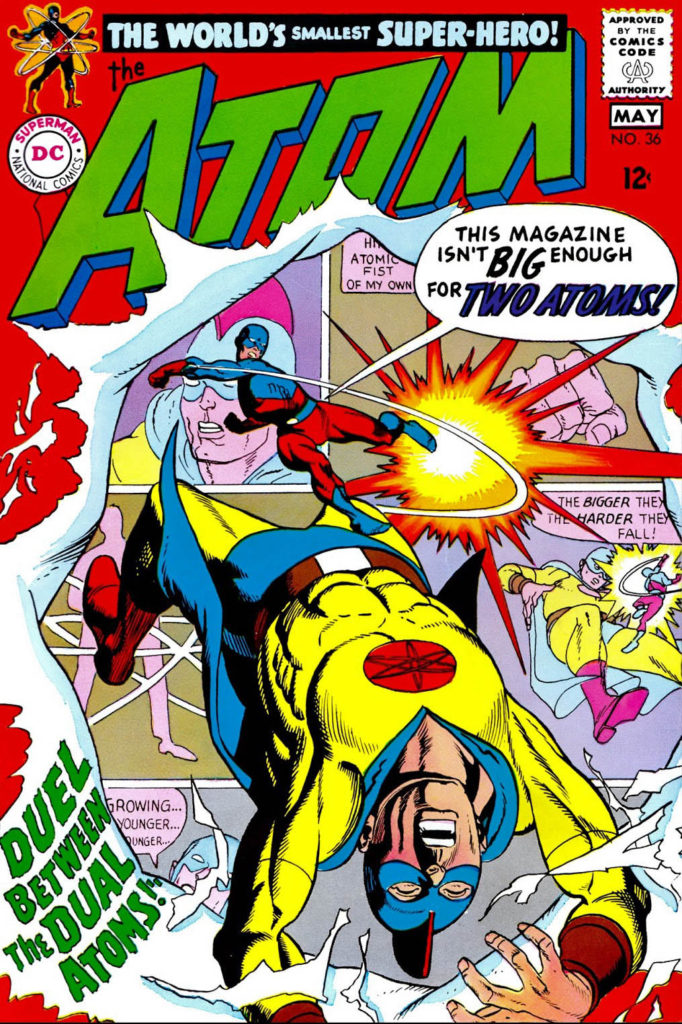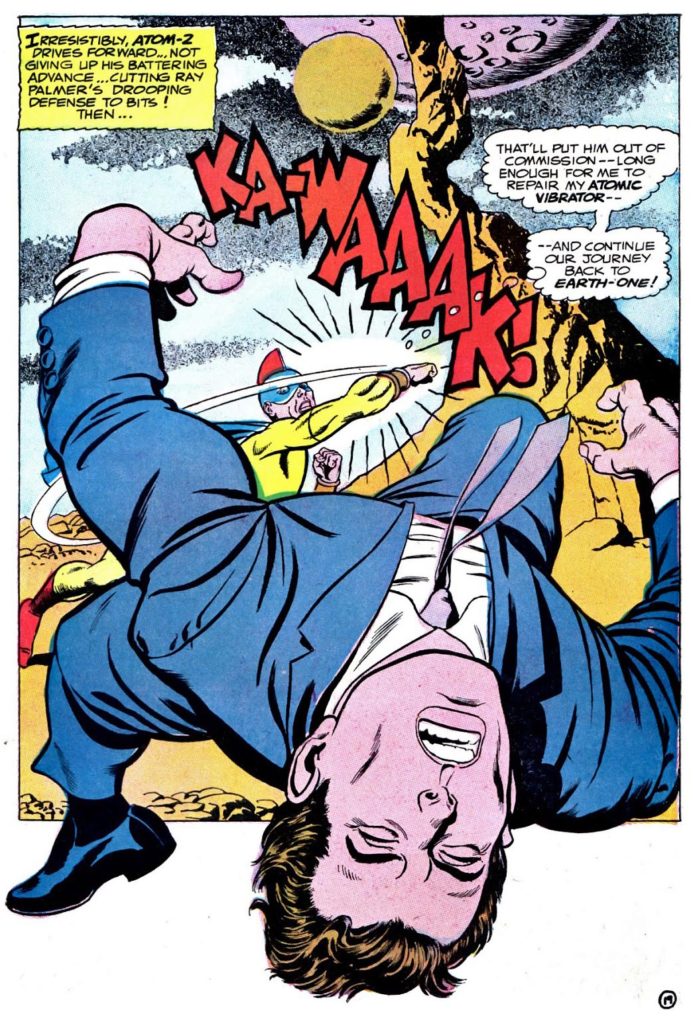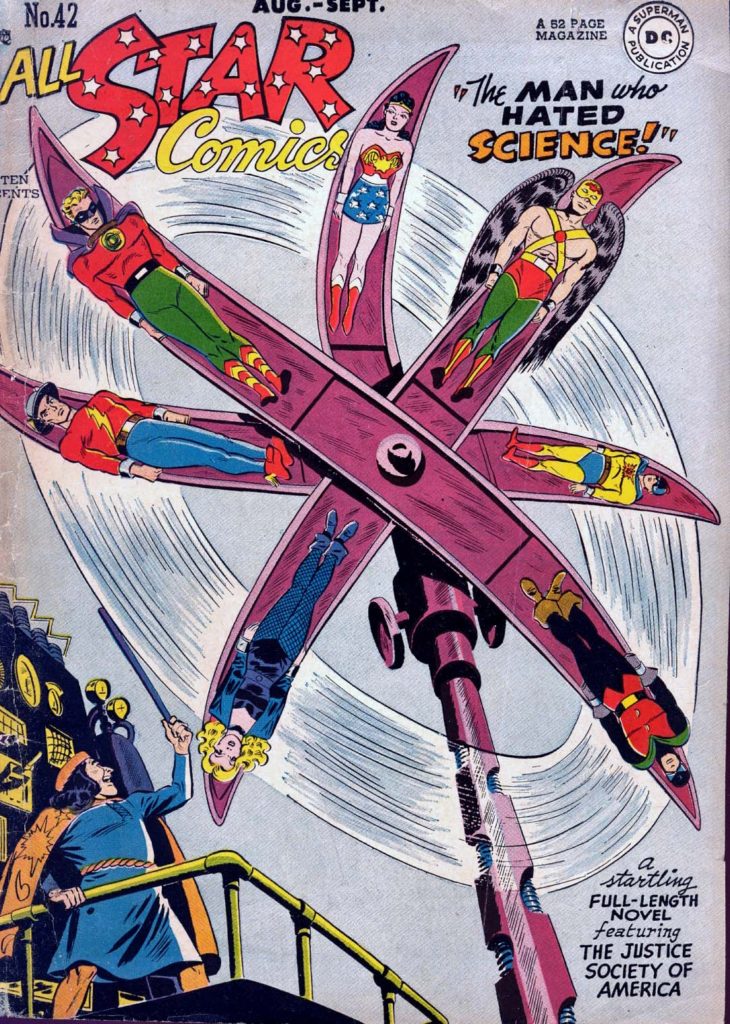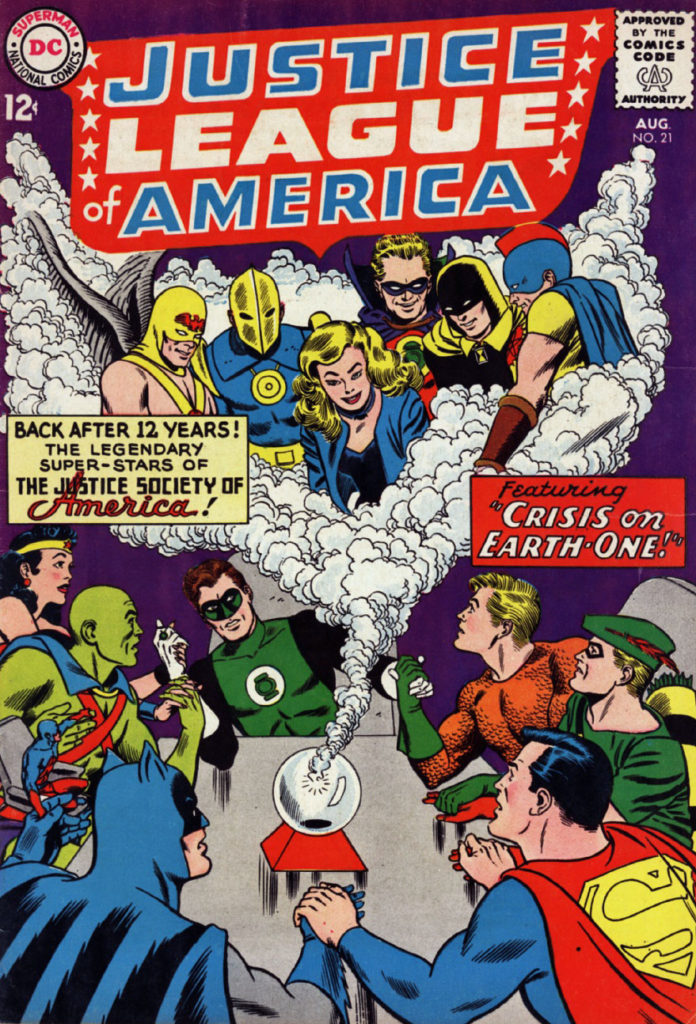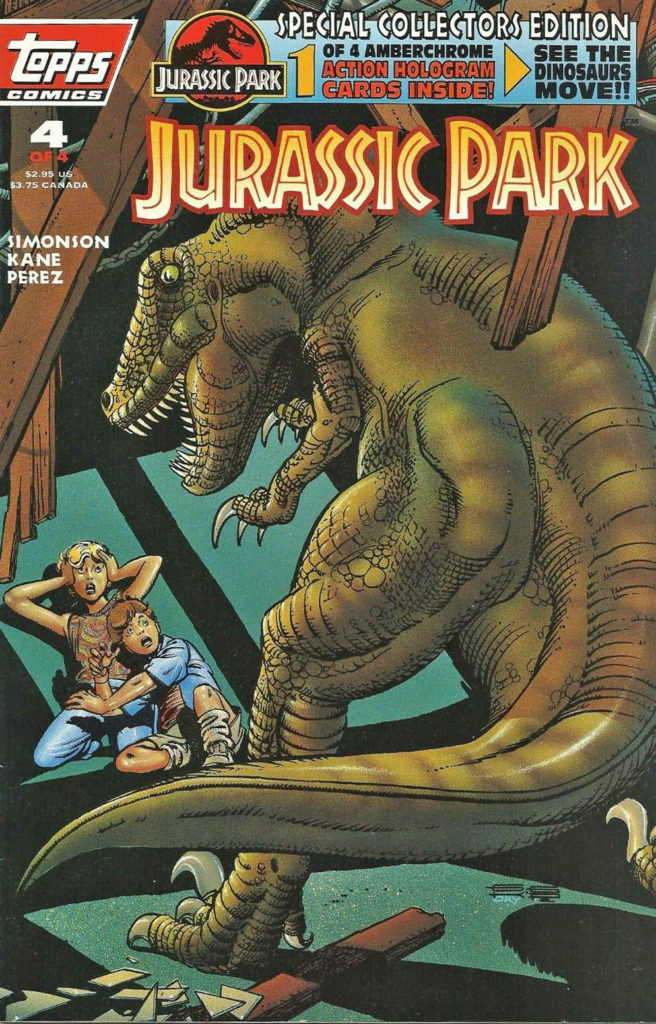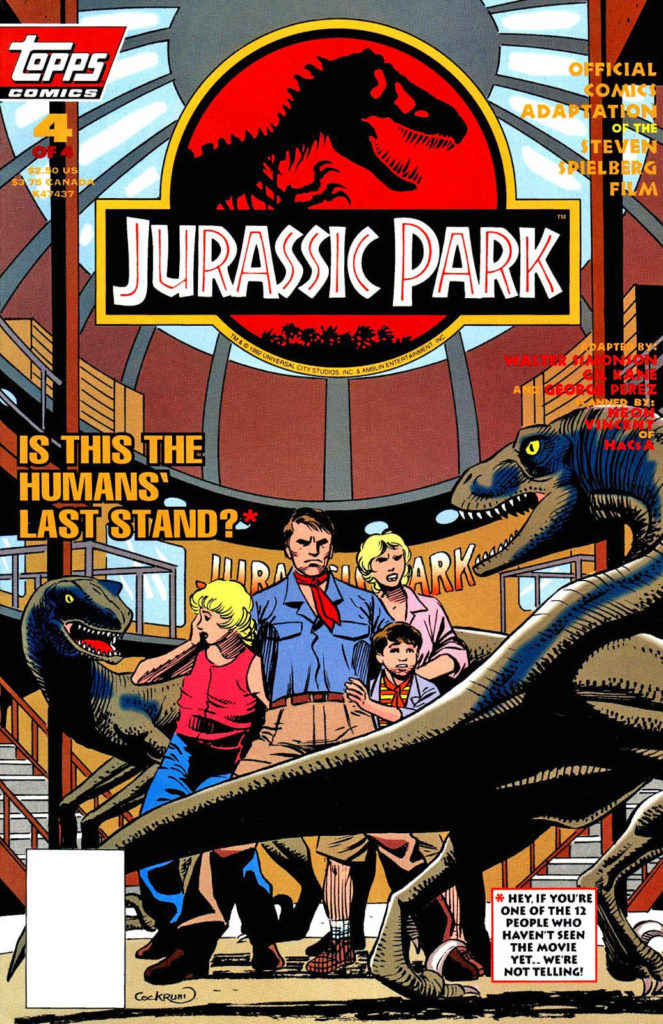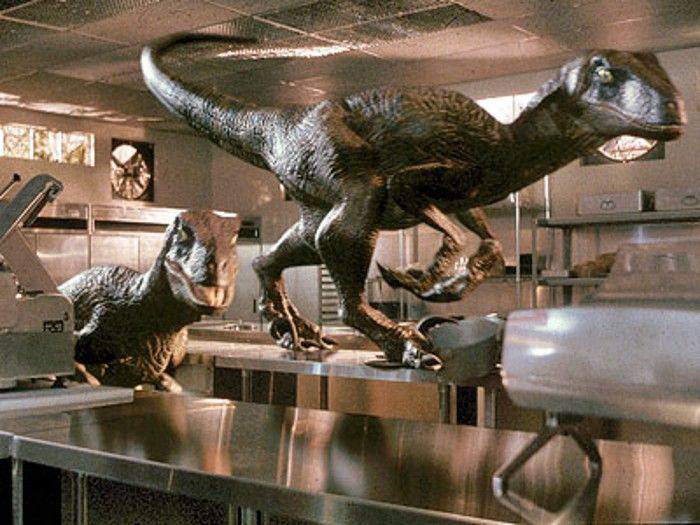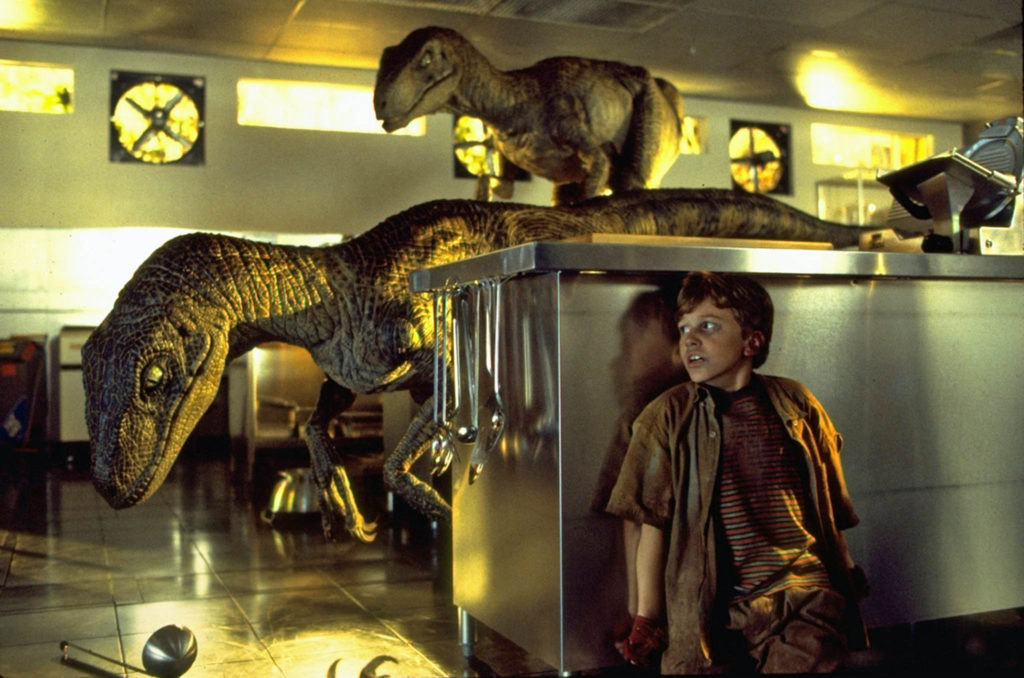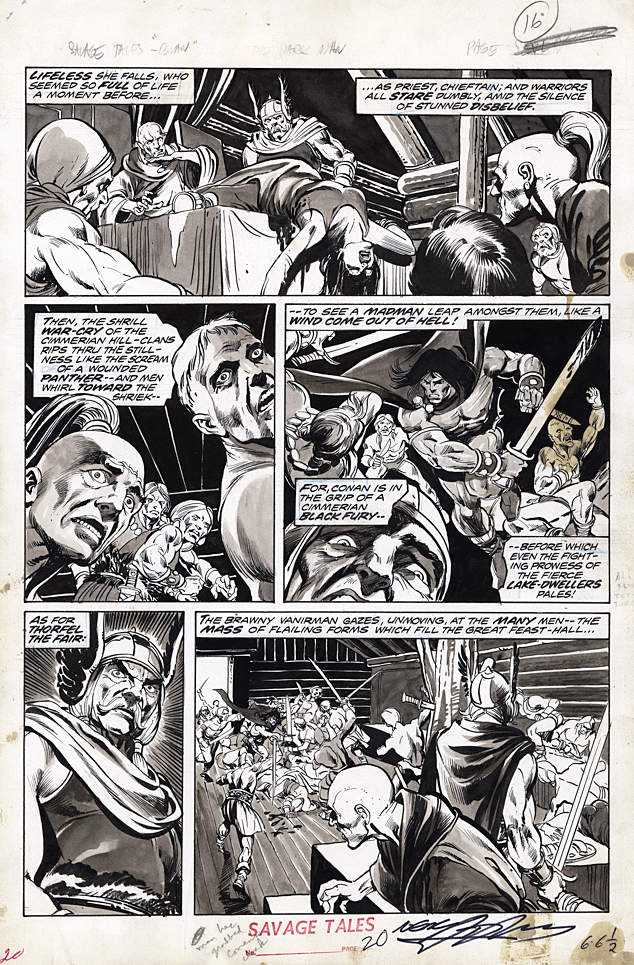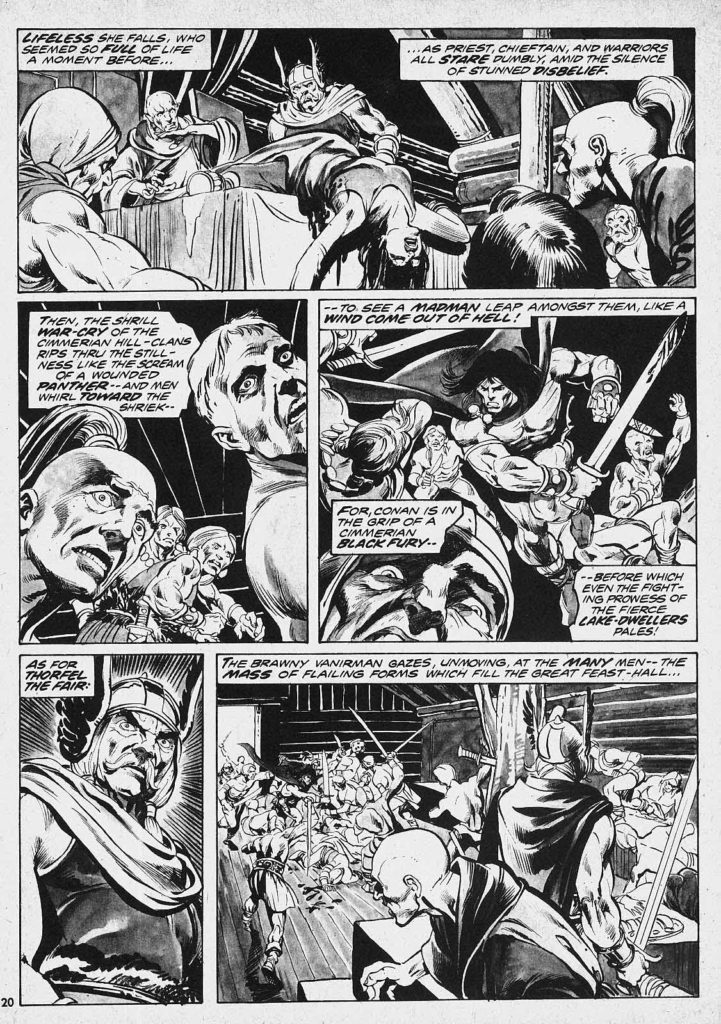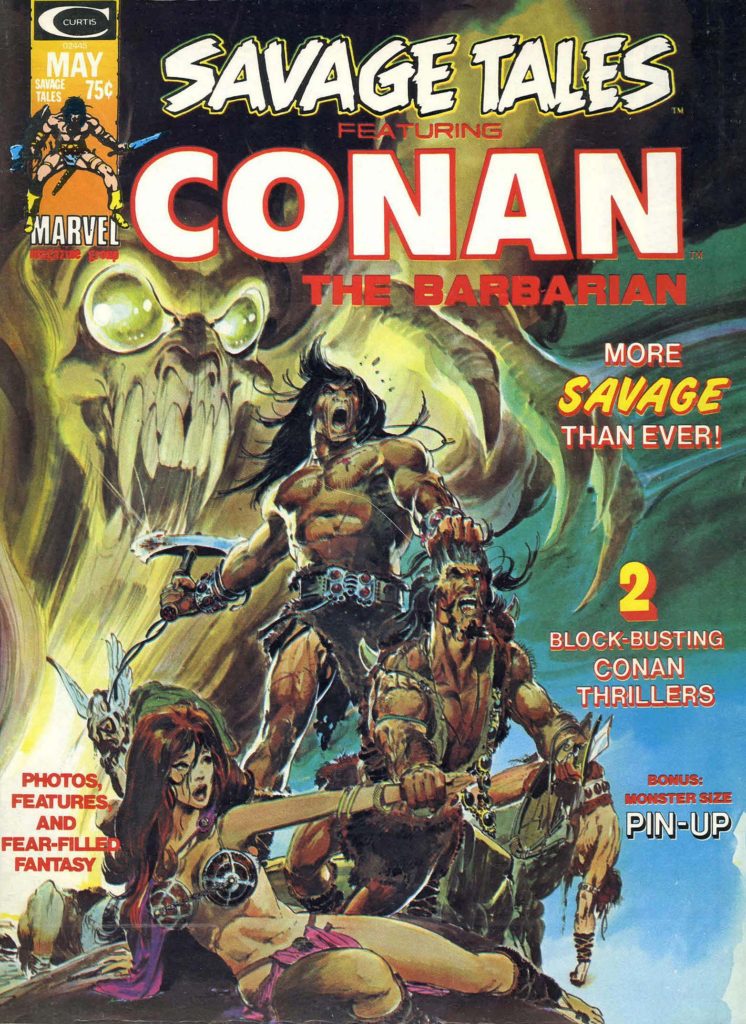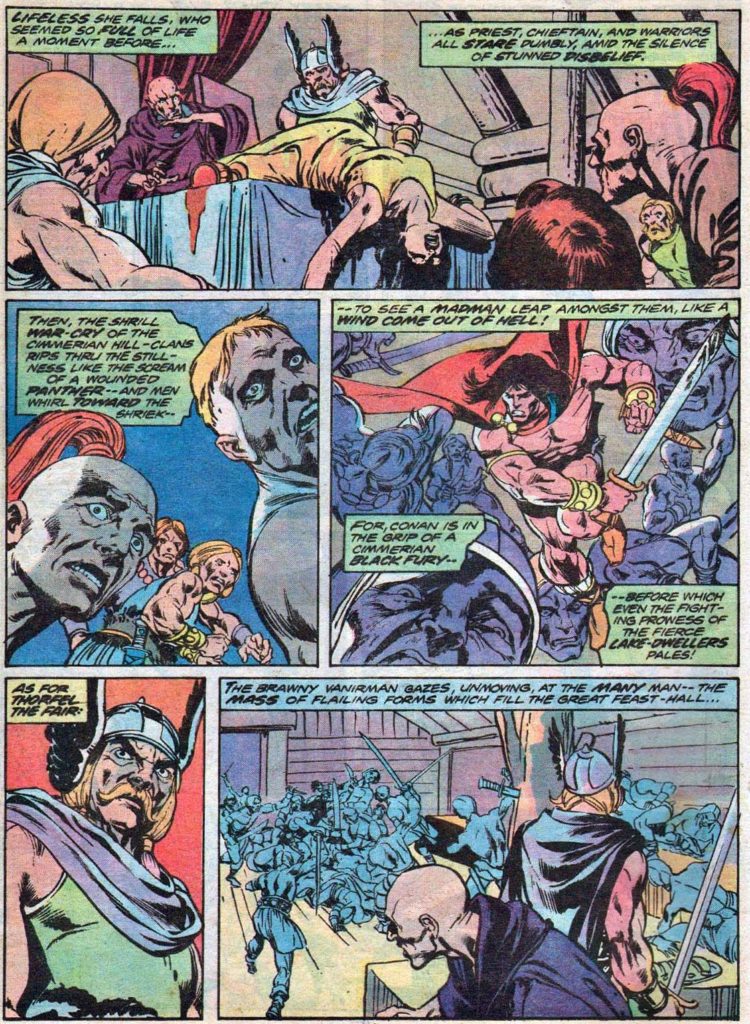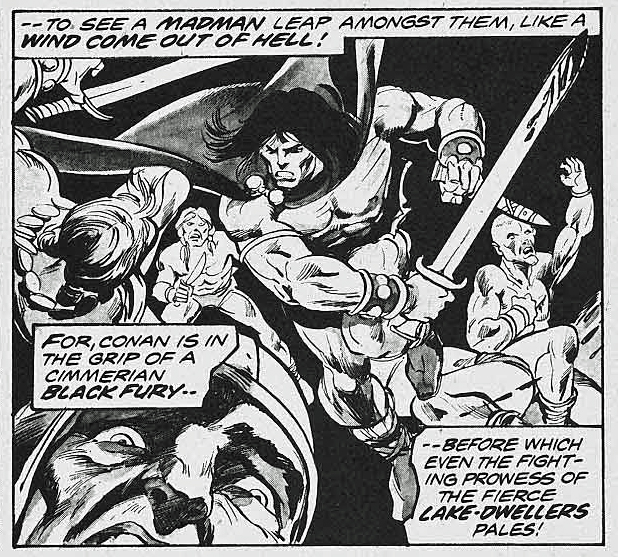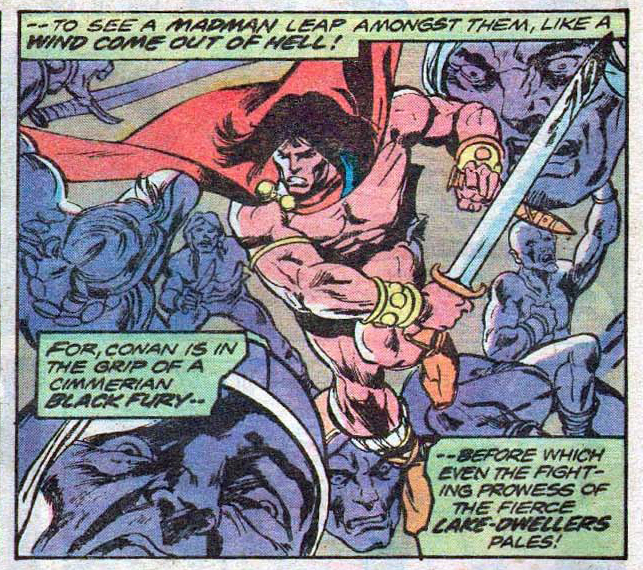Wallace Wood — Topps In Class
Topps Nasty Notes, 1967
Wallace Wood brings his penchant for humor to Topps with this great looking 1967 series of novelties appropriately entitled “Nasty Notes.”
Why call them novelties instead of trading cards? Because they are actually two-sided posters that are designed to resemble the folded notes you might pass around in class.
Woody did a generous amount of work for Topps in the 60s as he became increasingly frustrated with the mainstream comics houses. Also, he was friends with one of Topps creative directors, Len Brown.
In fact, as noted previously, Len helped shape the creative direction of Wood’s T.H.U.N.D.E.R Agents, and. in return, Woody named the civilian identity of Dynamo, the lead character, “Len Brown.”
Some of the greatest and best-known talents of the comics contributed to Topps creative “Non-Sports” projects. It’s an all-star list that includes Jack Davis, Bob Powell, Basil Wolverton, Robert Crumb, Jay Lynch and Art Spiegelmanamong others.
(And of course, well-know pulp cover painter Norm Saunders was responsible for the finished work on Mars Attacks, Batman, Civil War, and others.)

